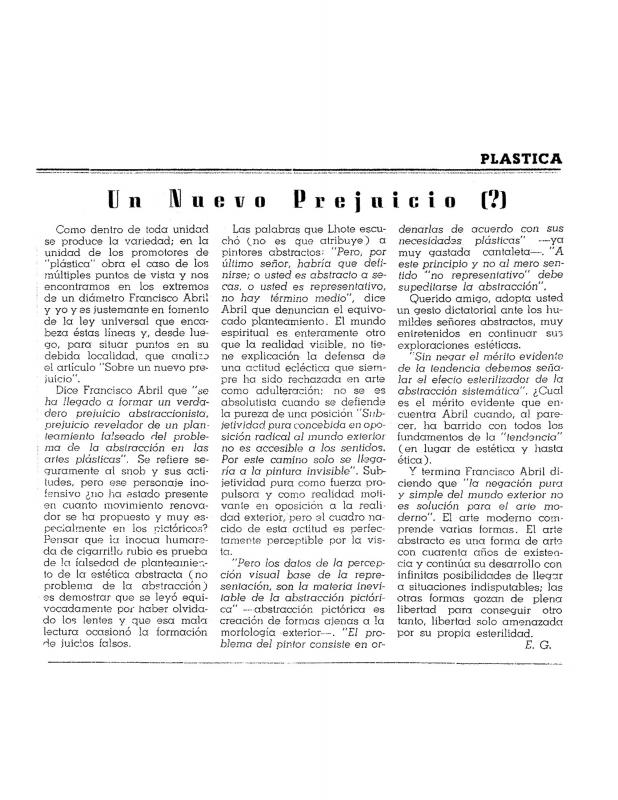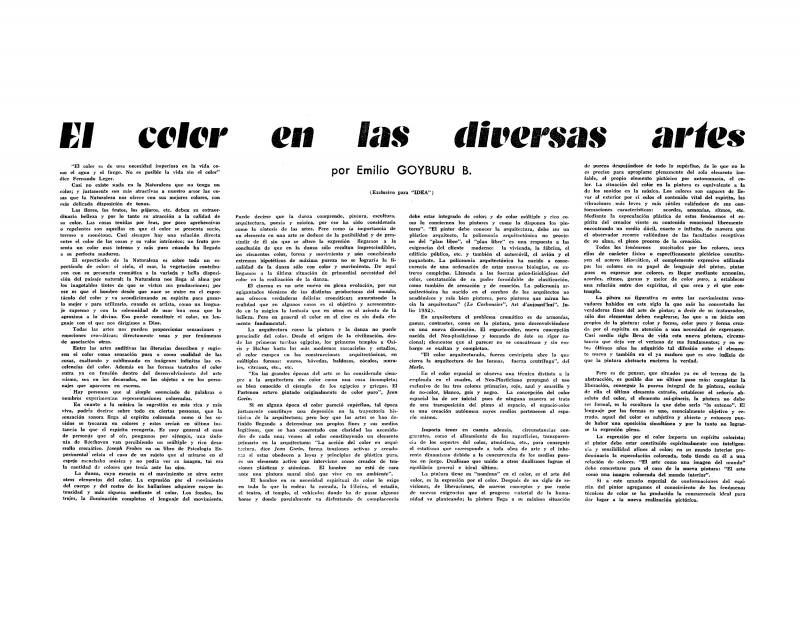In this article, Peruvian painter and caricaturist Emilio Goyburu reflects on public sculpture on the occasion of the call for submissions for a monument to aviator Jorge Chávez.
In the 1920s, Spanish sculptor José de Creeft (1884–1982) was one of the few representatives of the international avant-garde whose work could be seen in Peru. In 1927, he submitted a model to the international competition held in Lima to choose a public monument to celebrated Peruvian aviator Jorge Chávez, who died in Domodossola, Italy while attempting to cross the Alps in an airplane. The sole submission by a Spanish sculptor in what was mostly an academic competition was undoubtedly due to the artist’s friendship with avant-garde poet César Vallejo (1892–1938), of whom he had made a sculpture in Europe in 1924. Vallejo commented extensively on that work in a text written in Paris in 1925 and then published in the influential Lima-based magazine Mundial. Vallejo’s text is a reflection on the creative essence of the “avant-garde” as opposed to traditional mimesis [see in the ICAA digital archive “España en la Exposición Internacional de París” (doc. no. 1150457)]. Regardless, in the end the commission for the Chávez monument was awarded to Italian sculptor Eugenio Baroni (1880–1935); de Creeft’s submission was a source of stimulation for those few representatives of an avant-garde in Lima that went against the reigning Indianism. One of them, painter and caricaturist Emilio Goyburu (1897–1958), praised the model for the monument as an unquestionable contribution to “avant-garde art.” Goyburu clearly grasps exactly what that term meant as he praises the work’s almost abstract beauty. He staunchly defends its geometric approach, which bears the influence of Cubism, as an authentic expression of monumental sculpture.
[For additional information, see the following texts by Goyburu: “Cuatro edades de la pintura (doc. no. 1150294), “Un nuevo prejuicio (?)” (doc. no. 1150326), “Vivencias estéticas en la pintura abstracta” (doc. no. 859970), and “El color en las diversas artes” (doc. no. 859948)].





